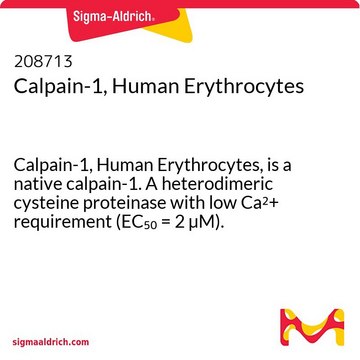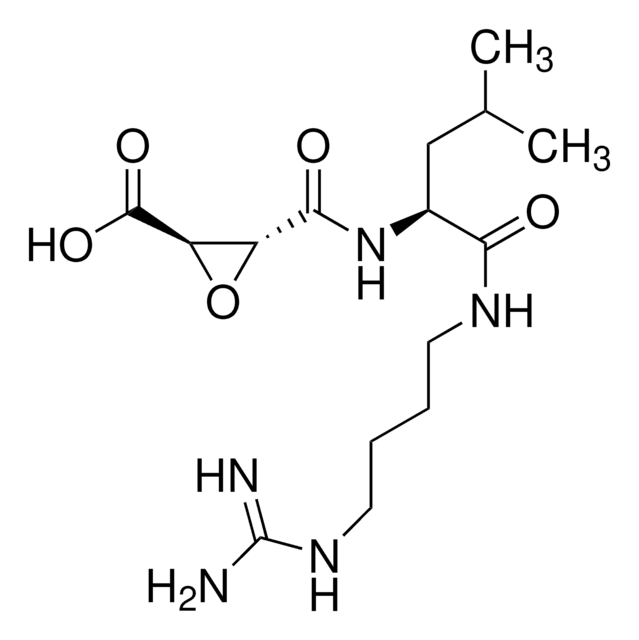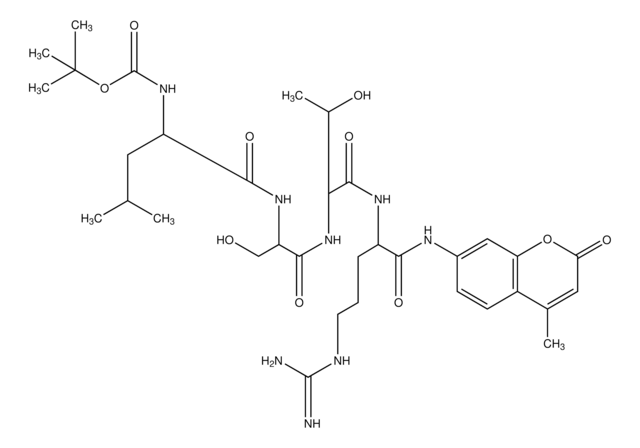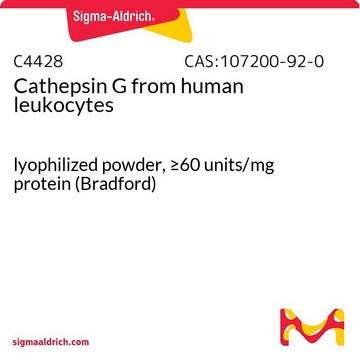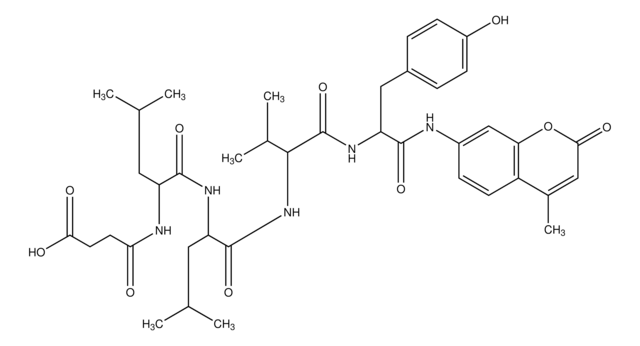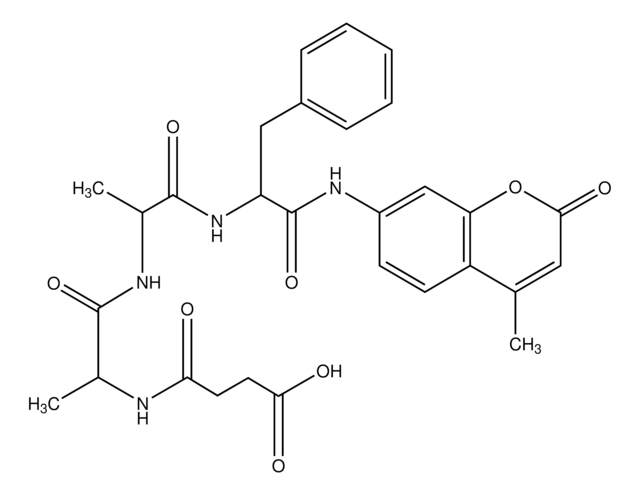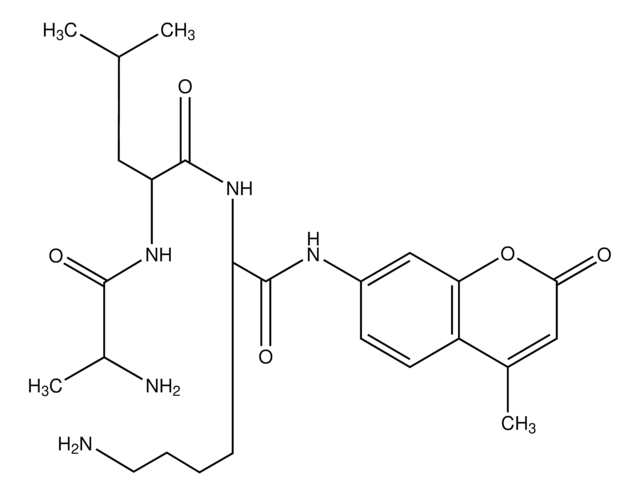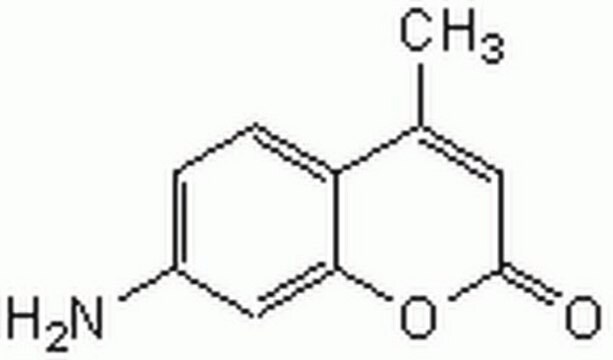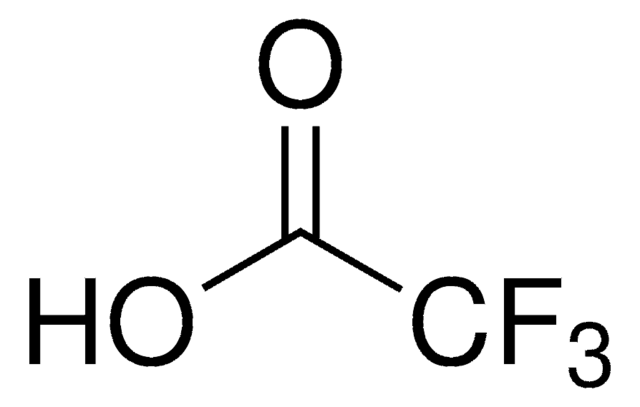Documentos clave
S6510
N-Succinyl-Leu-Leu-Val-Tyr-7-Amido-4-Methylcoumarin
≥90% (HPLC)
About This Item
Productos recomendados
Nivel de calidad
Ensayo
≥90% (HPLC)
Formulario
powder
solubilidad
0.1% trifluoroacetic acid in acetonitrile: water (3:1): 1 mg/mL, clear, colorless
temp. de almacenamiento
−20°C
cadena SMILES
CC(C)CC(NC(=O)CCC(O)=O)C(=O)NC(CC(C)C)C(=O)NC(C(C)C)C(=O)NC(Cc1ccc(O)cc1)C(=O)Nc2ccc3C(C)=CC(=O)Oc3c2
InChI
1S/C40H53N5O10/c1-21(2)16-29(42-33(47)14-15-34(48)49)38(52)43-30(17-22(3)4)39(53)45-36(23(5)6)40(54)44-31(19-25-8-11-27(46)12-9-25)37(51)41-26-10-13-28-24(7)18-35(50)55-32(28)20-26/h8-13,18,20-23,29-31,36,46H,14-17,19H2,1-7H3,(H,41,51)(H,42,47)(H,43,52)(H,44,54)(H,45,53)(H,48,49)
Clave InChI
UVFAEQZFLBGVRM-UHFFFAOYSA-N
Categorías relacionadas
1 of 4
Este artículo | S8758 | S4939 | A8171 |
|---|---|---|---|
| form powder | form powder | form solid | form powder |
| assay ≥90% (HPLC) | assay ≥98% | assay ≥98% (HPLC) | assay ≥95% (HPLC) |
| Quality Level 200 | Quality Level 200 | Quality Level 200 | Quality Level 200 |
| storage temp. −20°C | storage temp. −20°C | storage temp. −20°C | storage temp. −20°C |
| solubility 0.1% trifluoroacetic acid in acetonitrile: water (3:1): 1 mg/mL, clear, colorless | solubility 50% acetic acid: 1 mg/mL, clear, colorless | solubility DMF: 1 mg/mL, clear, colorless to light yellow | solubility water: 1 mg/mL, clear, colorless |
Amino Acid Sequence
Aplicación
Acciones bioquímicas o fisiológicas
Envase
Sustratos
Elija entre una de las versiones más recientes:
¿Ya tiene este producto?
Encuentre la documentación para los productos que ha comprado recientemente en la Biblioteca de documentos.
Los clientes también vieron
Nuestro equipo de científicos tiene experiencia en todas las áreas de investigación: Ciencias de la vida, Ciencia de los materiales, Síntesis química, Cromatografía, Analítica y muchas otras.
Póngase en contacto con el Servicio técnico

